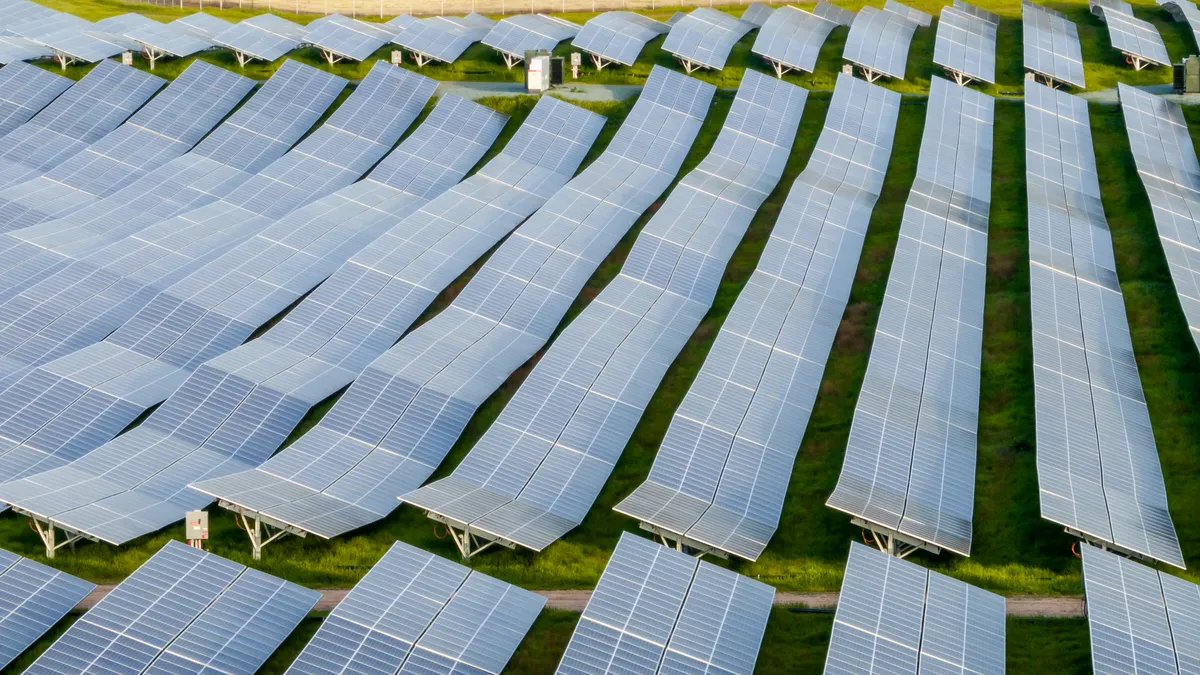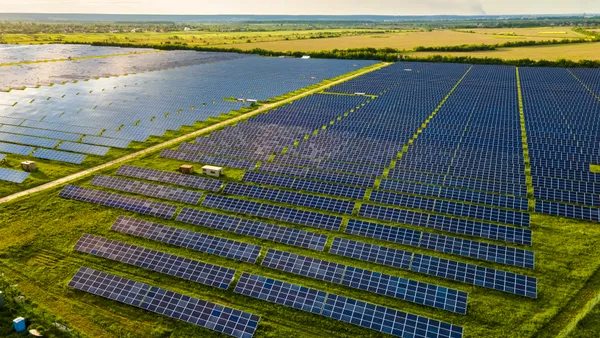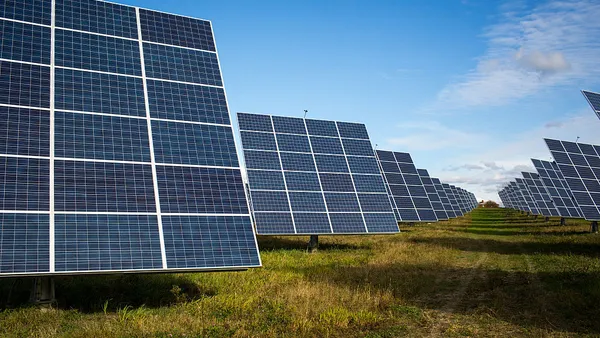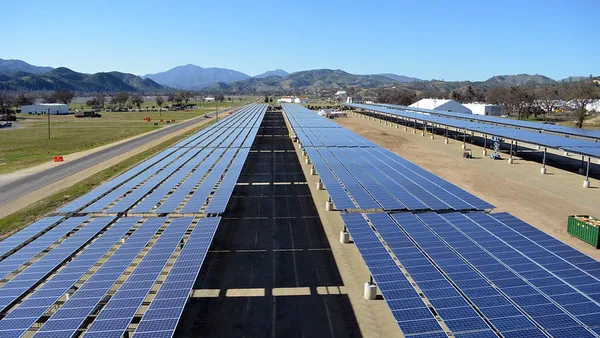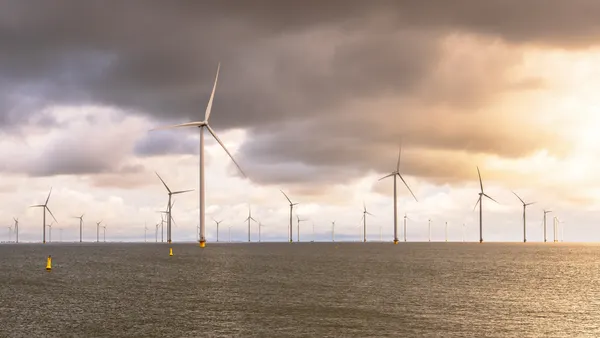Solar module manufacturer Heliene and solar panel frame maker Origami Solar have reached a multi-year agreement to sell U.S.-made solar modules framed by domestic steel starting in April, the companies announced Wednesday.
The announcement came a week after President Trump restored a 25% tariff on imported steel and raised the tariff on imported aluminum to 25%. Steel and aluminum are often used in solar racking and tracking. The tariffs are slated to take effect March 12.
In the release, Origami said its steel frames “provide a compelling cost advantage over domestic aluminum and eliminate the tariff and supply chain risk of imported aluminum frames.”
Heliene CEO Martin Pochtaruk told Utility Dive he expects the cost of manufacturing tracking with either imported or domestically produced steel and aluminum will increase, as tariffs on imports will lead to higher demand for the domestic product.
“The moment that you restrict market access by setting import duties right for a particular country, a particular product, automatically the price increases for the domestic product,” Pochtaruk said.
However, the frame is “not an important component of the cost, in comparison with solar cells,” he said. He expects the cost of solar installations to increase across the board as a result of the tariffs, but said Heliene will end up passing any costs to clients, as it sells on costs plus margin.
“Our clients choose what components go into their modules, and we see that because of inventories and in general, for aluminum and steel in the U.S., if there's a tariff that applies, we're going to see increasing prices for imports as well as domestic products by May,” Pochtaruk said. “So a three month lag.”
In April, Heliene will begin to offer Origami’s steel frames for their 144 and 156 half-cut bifacial modules “in addition to existing aluminum frame options,” the release said.
In the event of racking cost increases, cold-rolled steel offers an advantage, as it’s cheaper than aluminum in terms of pounds per foot. Steel is also more durable, but it has the disadvantage of being heavier, Pochtaruk said.
“For those that are using modules on trackers, for example, the structure of the tracker has to be reinforced,” he said. “The same would happen if a module goes on a rooftop — it would have more weight per square foot. So that is a disadvantage, that you have a heavier product.”



